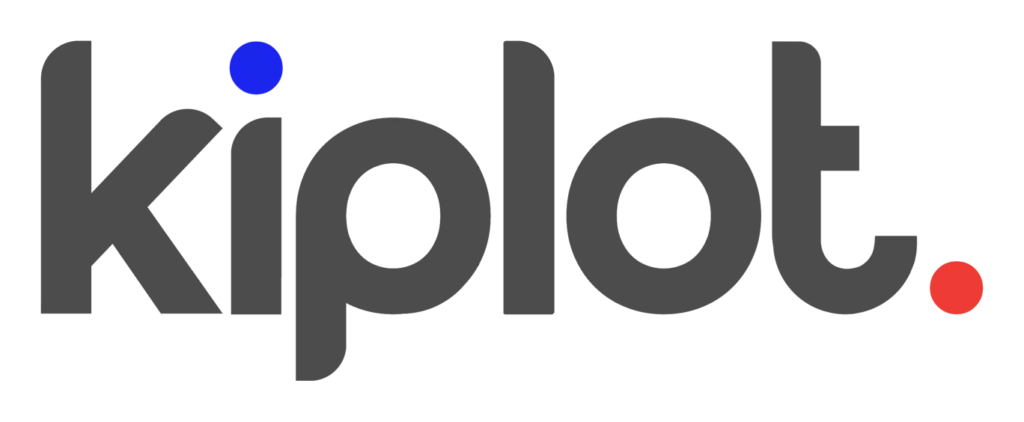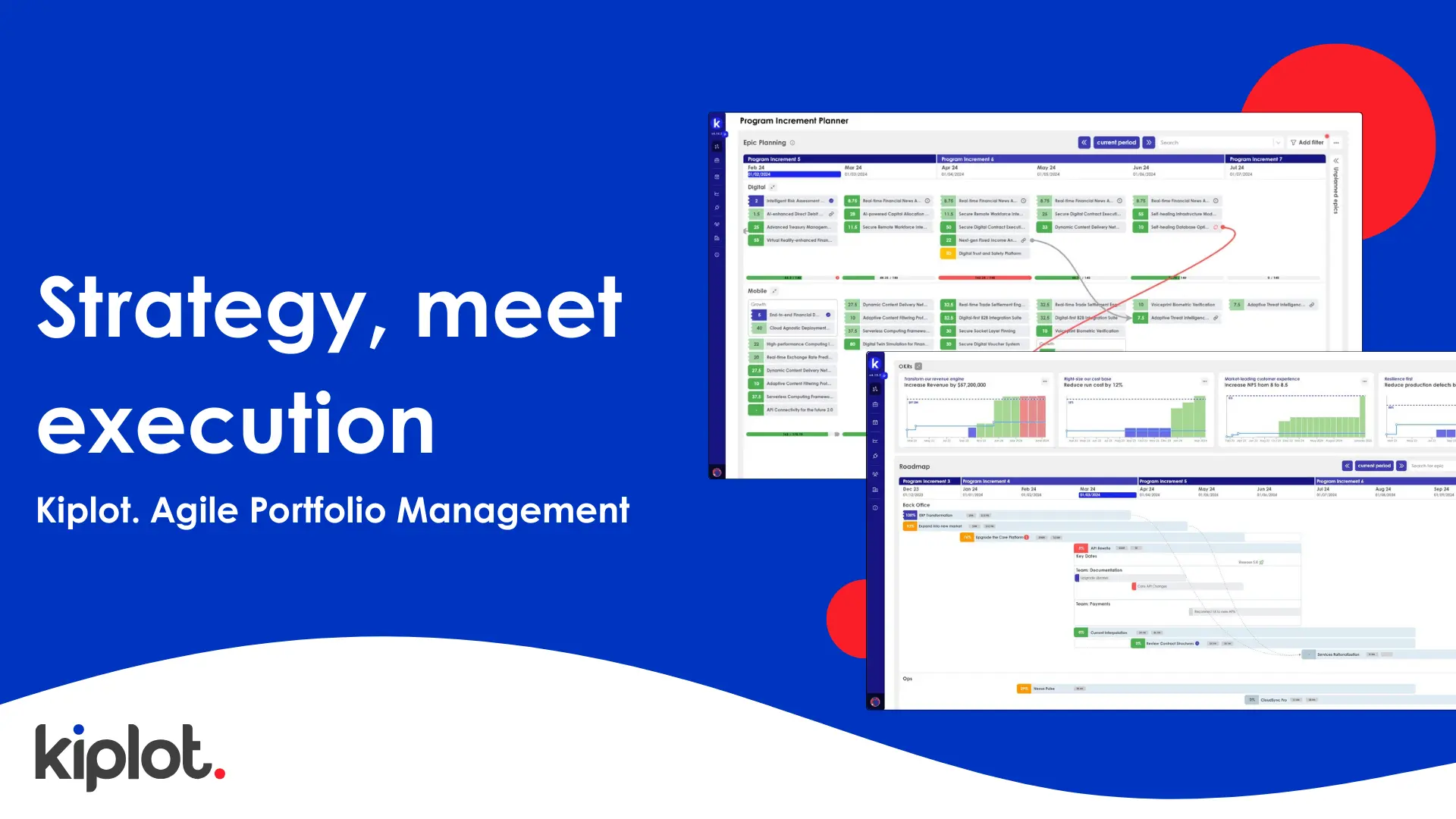Introduction
Traditional timesheets are often viewed as administratively heavy, yet auditors typically require detailed time tracking to support capitalization calculations and financial reporting. Fortunately, it's possible to implement an effective alternative by leveraging a strong culture of estimation. This method calculates a clear cost per unit delivered (e.g., per story point), enabling precise financial tracking.
Importantly, organizations should avoid comparing this cost per unit between different teams, as variations in estimation practices and team dynamics make such comparisons misleading.
This article provides practical guidance on how your organization can achieve accurate, audit-friendly time tracking without traditional timesheets—significantly reducing administrative burden while ensuring compliance.

Pros and Cons
Before adopting this method, it's essential to weigh its advantages and disadvantages carefully.
Pros
- Reduced administrative burden: Eliminating traditional timesheets significantly simplifies the time tracking process for teams, making it less cumbersome and more efficient.
- Enhanced estimation discipline: Encourages teams to develop disciplined, consistent estimation practices, improving overall forecasting accuracy and reliability.
Cons
- Requires strong estimation practices: The approach depends heavily on accurate resource forecasting and robust estimation practices, demanding a high level of estimation maturity.
- Initial auditor skepticism: Auditors may initially find the method less intuitive than traditional timesheets. Actively engaging auditors from the outset can facilitate buy-in and ensure capitalization calculations meet auditing standards.
- Complex setup: Setting up the time allocation process initially involves more complexity than traditional timesheet methods, though it ultimately results in a more streamlined ongoing process.
- Transparency concerns: The method may initially appear less transparent due to its indirect nature. Although each step is observable, teams need to clearly communicate the allocation logic to maintain trust and clarity.
Steps to implement:
Follow these structured steps to effectively implement estimation-based time tracking:
Step 1: Clearly classify work
Clearly classify every Epic or Initiative as either capitalizable or non-capitalizable. Each underlying story, feature, or bug consistently inherits this classification. Avoid combining capitalizable and non-capitalizable tasks within the same Epic; instead, split them into separate Epics.
In many cases, classifying work at the Initiative level greatly simplifies overhead. However, this depends on your organization's portfolio structure and accounting standards. Some jurisdictions permit broad percentage-based CapEx allocations across entire initiatives, while others require precise categorization, typically at the Epic level. Carefully consider these requirements when setting your classification granularity.
Step 2: Assign work clearly to teams
Clearly assign every piece of work to specific teams. A "team" can be flexibly defined—such as a squad, ART, value stream, or business unit—as long as resource allocation is explicit and consistently maintained.
Step 3: Regularly review and calculate points delivered
Establish a consistent schedule to review completed work—Epics, features, bugs, and stories—aligned with existing planning cycles (e.g., sprints or program increments). During these reviews, aggregate the total number of points delivered by each team. This step forms the foundation for accurately allocating costs and assessing productivity.
Use these regular reviews to identify and correct any significant deviations between estimated and actual efforts. Adjust estimates where necessary to maintain accuracy and credibility.
Step 4: Determine team costs
Calculate the total operational cost of each team using predefined rate cards and clearly defined resource allocations.
| Resource Name | Team | Role/Skill | Daily Rate | Days Worked in PI | Cost ($) |
|---|---|---|---|---|---|
| Jane Smith | Alpha | Project Manager | $400 | 81 | $32,400 |
| Tom Brown | Alpha | JavaScript Engineer | $500 | 81 | $40,500 |
| Alice Green | Alpha | Business Analyst | $550 | 81 | $44,550 |
| Raj Patel | Alpha | Python Engineer | $420 | 20 | $8,400 |
| $125,850 |
Step 5: Calculate cost per unit of work
Once you've calculated the total cost of a team and the number of story points delivered during a planning period, you can derive the cost per unit of work—typically, cost per story point. This single figure becomes the foundation for allocating and reporting costs accurately across your portfolio.
For example, if a team incurs $125,850 in costs and delivers 1,423 points, the cost per story point is:
- $125,850 ÷ 1,423 = $88.45 per point
From here, cost allocation becomes simple and repeatable. If 61% of those points were delivered on capitalizable Epics or Initiatives (classified in Step 1), then:
- CapEx (61%): $76,769
- OpEx (39%): $49,081
Because each Epic, Feature, or Initiative is already classified and estimated in points, you can now calculate precise costs at any level of granularity—per Epic, per Feature, or per Initiative—and break these down between CapEx and OpEx. This method avoids manual timesheet tagging and supports automated, audit-friendly financial tracking aligned with agile delivery.
image:medium

Addressing common challenges
1. Estimations are forward-looking, not actuals
While estimates are inherently forward-looking and uncertain, inaccuracies typically even out across large datasets due to the "law of large numbers." Regularly calibrating estimates based on actual outcomes significantly reduces variances, ensuring reliable financial and operational reporting.
2. Avoid comparing cost per story point between teams
It's critical to avoid comparing the cost per story point between teams. Story points (velocity) differ significantly between teams and are not indicative of actual work volume. Cost per story point is simply a unit cost for internal allocation purposes. Strong organizational discipline and clear communication are required to prevent misleading interpretations or comparisons by executives.
3. Managing bugs and defects
Effectively handling bugs and defects involves practical decision-making:
- Production defects: Provide team-specific estimates for addressing production defects each planning period, tailored to context and technology maturity.
- Feature bugs: Typically, allocate feature-related bugs evenly between CapEx and OpEx. Detailed tracking isn't necessary as minor variances tend to balance out.
4. Sophisticated accounting challenges (e.g., Depreciation)
More advanced accounting practices like depreciation can also be effectively managed. By tagging Initiatives, Epics, or Features with Useful Economic Life (UEL), organizations can infer the UEL of individual story points based on their hierarchy. This tagging facilitates precise financial valuations and automated depreciation calculations, enhancing the sophistication and accuracy of your accounting processes.
Communicating with auditors
Auditors may initially question the shift away from conventional time tracking. The key to building confidence lies in transparency and traceability. Engage audit stakeholders early, demonstrate the consistency of your estimation approach, and ensure that each step—from classification to cost allocation—can be backed by documentation. Highlight that estimates are routinely reviewed and adjusted as part of your delivery process, and that the entire model is observable, repeatable, and auditable.
Conclusion
By establishing disciplined estimation practices and carefully following these structured steps, your organization can implement effective, audit-compliant time tracking without traditional timesheets. This approach significantly reduces administrative burdens while providing clear, defensible financial insights.
Organizations embracing this approach not only reduce administrative friction but also modernize their financial governance in line with agile delivery.

